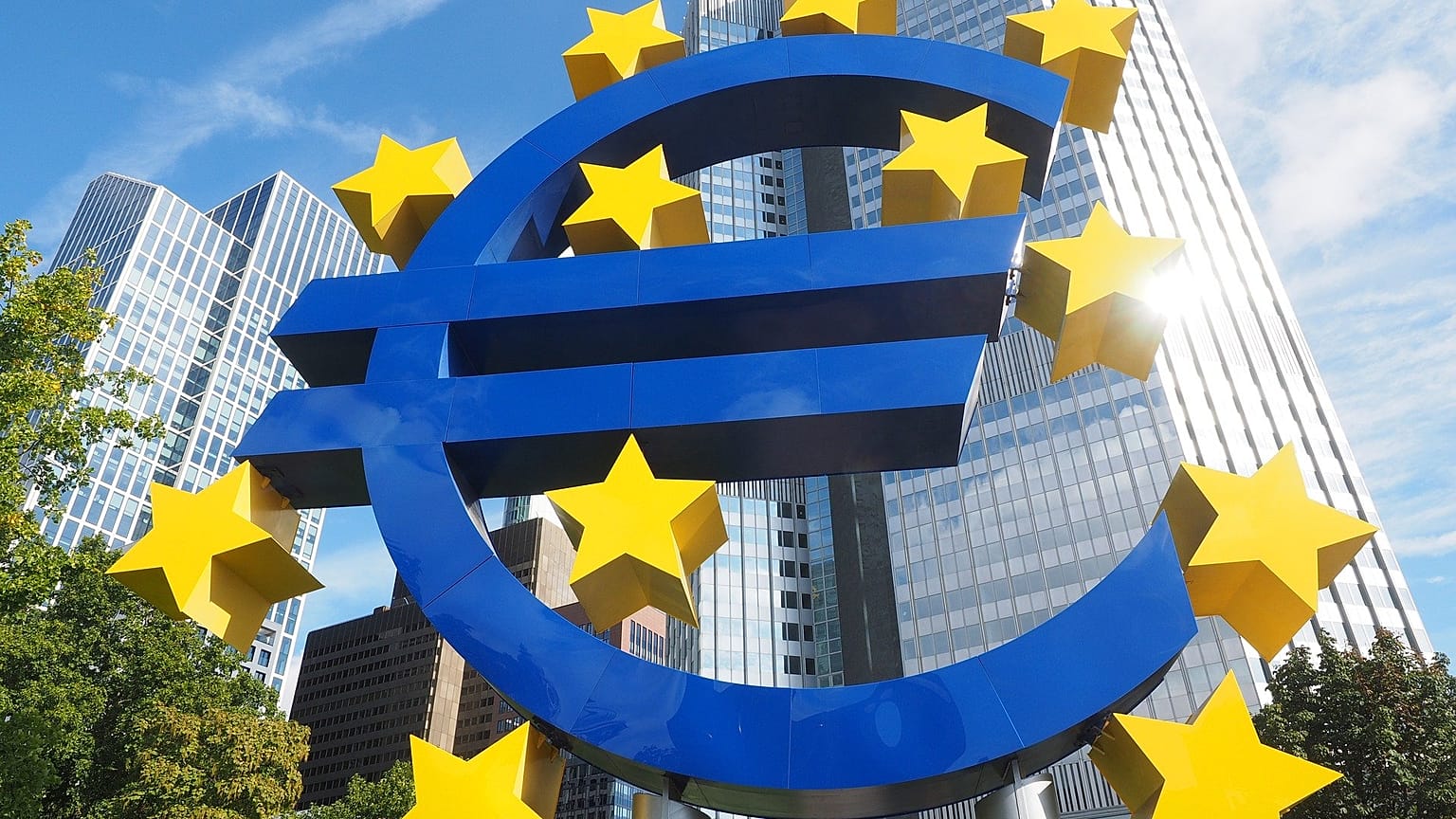Compared with June 2020, the number of people unemployed increased by 336,000 in the EU and by 344,000 in the eurozone.
July was marked by some relaxation of COVID-19 measures in many EU Member States, but despite this, the seasonally-adjusted unemployment rate in the eurozone went up to 7.9% from 7.7% in June.
While these figures indicate a worsening situation, they remain below those seen during the European sovereign debt crisis, when unemployment reached a record high.
The coronavirus pandemic has left the eurozone facing a serious recession, with the economy shrinking by 12.1% in the second quarter of this year — the worst contraction since records began, according to Eurostat.
As many as 15.184 million men and women in the bloc, 12.793 million of whom were in the eurozone, were unemployed in July 2020, according to Eurostat data.
Compared with June 2020, the number of people unemployed increased by 336,000 in the EU and by 344,000 in the eurozone's 19 countries.
Eurostat based its estimates on the globally used International Labour Organisation standard definition of unemployment — unemployed people are counted as those without a job who have been actively seeking work in the last four weeks and are available to start work within the next two weeks.
In July 2020, the youth unemployment rate was 17.0% in the EU and 17.3% in the eurozone, up from 16.9% and 17.2% respectively in the previous month.
Compared with June 2020, youth unemployment increased by 37,000 in the EU and 29,000 in the eurozone.
The outbreak of COVID-19 and the measures introduced to combat the virus triggered a sharp increase in the number of claims for unemployment benefits across the EU.
But a significant portion of those who had registered in unemployment agencies were no longer actively looking for a job, nor were they available for work, as they had to take care of their children, for example.
This has led to discrepancies in the number of people who were registered as unemployed and those considered as unemployed by the ILO definition, according to Eurostat.
To compensate for this and best represent the unprecedented labour market situation triggered by the COVID-19 outbreak in full, Eurostat complemented its data with additional indicators, including data on employment, underemployment and potential additional labour force participants.















